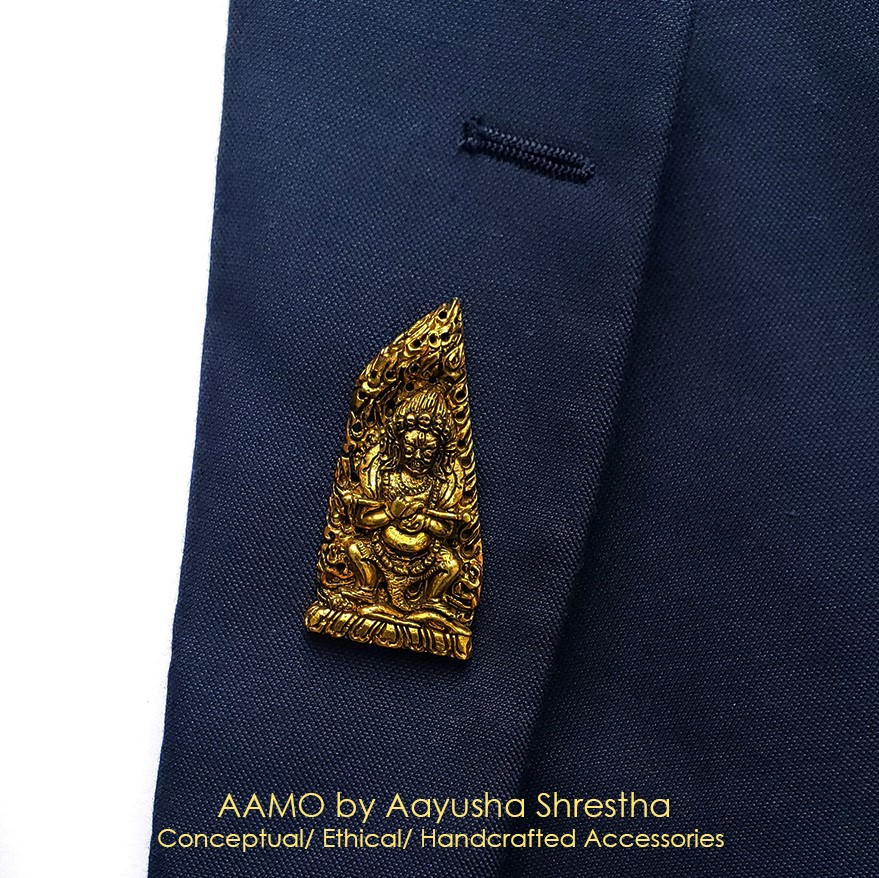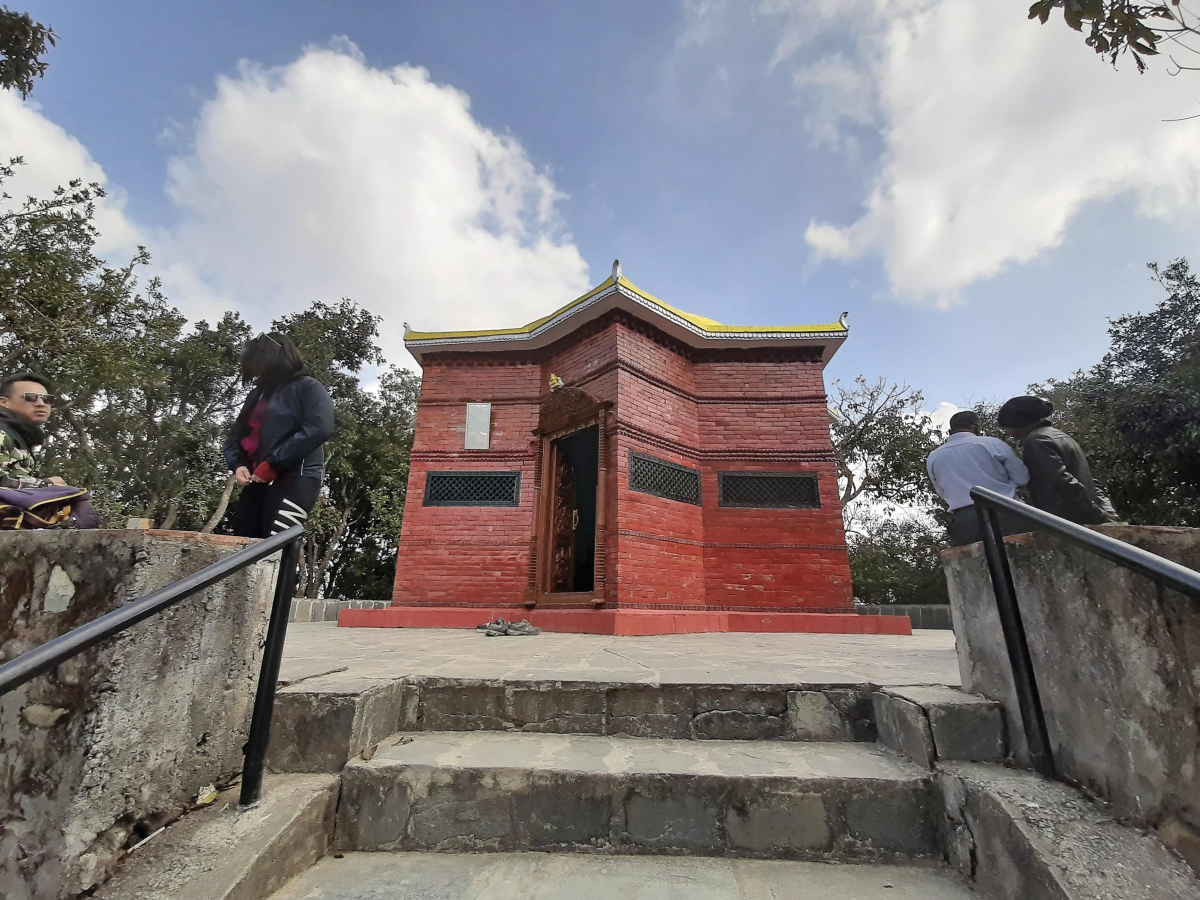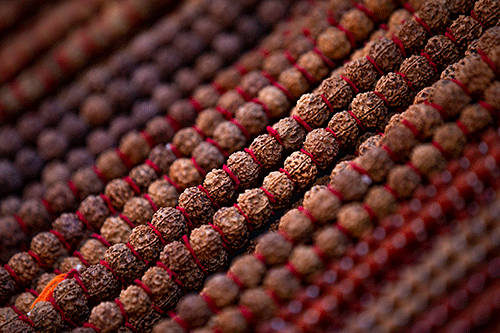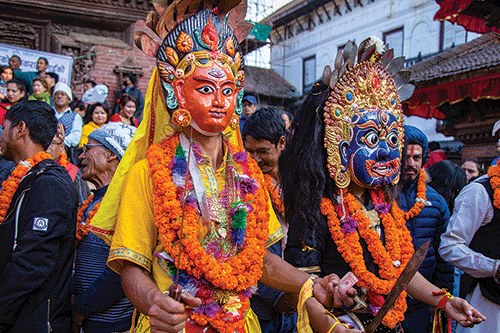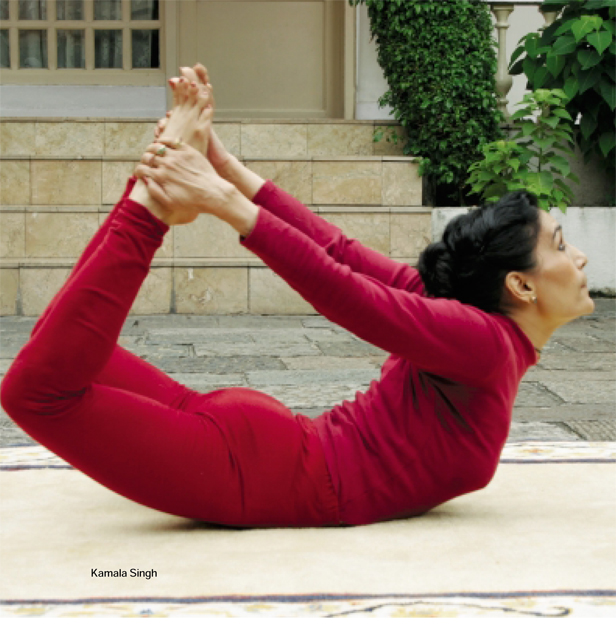 Some years ago, I was in Lonavala,an idyllic location between Mumbai and Pune, participating in a ten-day retreat program for executives. The program included a daily morning routine of yoga under the guidance of a guru with a long beard et al. The exercises started at 5 am sharp and lasted for about one and a half hours each day. Used as I am to more rigorous forms of exercise like martial arts and football for example, yoga seemed to be a comparatively easy form of work out. After every few minutes of bending and stretching and breathing deeply, we were told to drop dead. Literally. It was supposed to be sabh asana (the corpse posture) and it required us to lie still with our eyes closed and our limbs all limp. I did wonder then– when none of the exercises were in any way strenuous, where was the need to fall into this drop-dead posture every few minutes? Later, of course, I began to understand that yoga is in fact a relaxed form of workout; one in which more emphasis is laid on proper posture, correct breathing and meditation rather than on vigorous movements and also requires considerable stamina. In later years, I did witness some yoga practitioners chew steel plates and glass bulbs and I have also seen some who can suck in air in such a way as to make their stomachs virtually disappear. Oh yes, yoga now does seem to be a much more fascinating art than I had previously imagined.
Some years ago, I was in Lonavala,an idyllic location between Mumbai and Pune, participating in a ten-day retreat program for executives. The program included a daily morning routine of yoga under the guidance of a guru with a long beard et al. The exercises started at 5 am sharp and lasted for about one and a half hours each day. Used as I am to more rigorous forms of exercise like martial arts and football for example, yoga seemed to be a comparatively easy form of work out. After every few minutes of bending and stretching and breathing deeply, we were told to drop dead. Literally. It was supposed to be sabh asana (the corpse posture) and it required us to lie still with our eyes closed and our limbs all limp. I did wonder then– when none of the exercises were in any way strenuous, where was the need to fall into this drop-dead posture every few minutes? Later, of course, I began to understand that yoga is in fact a relaxed form of workout; one in which more emphasis is laid on proper posture, correct breathing and meditation rather than on vigorous movements and also requires considerable stamina. In later years, I did witness some yoga practitioners chew steel plates and glass bulbs and I have also seen some who can suck in air in such a way as to make their stomachs virtually disappear. Oh yes, yoga now does seem to be a much more fascinating art than I had previously imagined.
The fascination was further reinforced by a visit to ‘The Healing Hands Centre’ in Maharajgunj. Rahul Bharati, the thirty something who says he earned a PhD in Physiotherapy from Switzerland when only 21 years of age, claims to have revived a technique known as Nuad-Bo-Rarn (in Sanskrit), or more understandably, the Ancient Thai Massage. Supposedly based on yoga postures, this technique is, as Rahul puts it very succinctly, “Yoga for lazy people”. This of course shouldn’t be taken literally. Rather, Nuad-Bo-Rarn is for those people who, either due to old age or disability, cannot practice yoga by themselves, but need a helping hand and in the process, gain the inherent benefits of the art. In fact, according to the young teacher, the centre was previously known as ‘Himalayan Yogic Institute’ in which he served as a teacher from 1989 to 1994. Later, it became ‘The Kathmandu Centre of Healing’, and finally, is now called, ‘The Healing Hands Centre’. Whatever the reasons for changing names, one cannot doubt that yoga is the basis of all teaching here and this should give a good example of the wide extent of yogic practices. Ancient Thai Massage is believed to have its roots in India and is said to be based on the concept of energy lines running through the body, corresponding with the yoga philosophy that life energy (prana) is absorbed with the air we breathe in and the food we eat. Again, in line with yogic practices, Ancient Thai Massage believes that in addition to the physical body, there is also a second body comprised of many energy lines. In the case of Ancient Thai Massage, ten main lines are selected along which there are believed to be especially important pressure points.
Similarly, ‘Arogya Ashram’ in Tangal, under the auspices of the International School of Yoga System of Medicine and Hospital, describes itself as ‘The Natural Health and Yoga Centre’ and runs a clinic under the supervision of Dr. Pramod Gautam who practices the art of naturopathy. Arogya Ashram was established some 35 years ago, by Dr. Pramod’s father, the late Yogacharya, Dr. Kashi Raj Upadhyaya who believes in the credo, ‘Prevention is better than Cure’. “We believe that chemical medicines are harmful and most of the treatment we practice is based on the concept that toxins are the major causes of all disease. So our goal is to detoxify the body,” reveals the doctor. This is done, according to him, through various treatment regimes such as clay therapy, hydrotherapy, solar therapy etc. In fact, much of the therapy is derived from the philosophical aspects of ‘Panchakarma’, i.e. the five elements – fire, air, earth, water and akash (vacuum) and the practice is said to be a yoga system of medicine.
“We believe that yoga is a discipline,” says the doctor. “And yes, ultimately, besides the medicinal aspects, yoga develops personality.” Dr. Gautam has 20 years of experience to his credit so his opinion should hold water. According to him, the centre conducts a regular yoga class everyday under the guidance of skilled practitioners. Besides this, and a major activity of the center, is of course naturopathy – the curing of diseases the ‘natural way’. “Naturopathy is efficacious for treating many gastro, osteo and neuro-related diseases as well as ENT problems,” he asserts. “Also, for problems of obesity, diabetes, hypertension, depression, asthma and gout, naturopathy has proved to be a boon.” He adds, “Our treatment is specially good for pain management.” At the same time, the doctor reminds us, “Our system of yogic medicine is actually geared towards changing bad habits and degenerative lifestyles.” For those interested, treatment usually lasts for a month in most cases and costs NRs 200/- for a two-hour session every day. However, for more chronic problems, therapy can continue for upto six months. Early treatment is advised. The doctor also believes, “If only people are made more aware of good eating habits, it would revolutionize health.” He concludes with, “Naturopathy is a sort of ‘mother therapy’ because it can be combined with any other form of treatment.” Indeed, this yoga system of medicine is free from the much-dreaded side effects that are so prevalent through use of chemical drugs, and is certain to transform habits, improve lifestyle and in fact, transform lives— actually, all that yoga states its goal to be.
Both the above examples demonstrate the many different ways in which yoga philosophy is applied. Yoga, as such, is an ancient art with a 3000 year-old history. Its history has five broad divisions that include Vedic Yoga, Pre-classical Yoga, Classical Yoga, Post-classical Yoga and Modern Yoga. Although the ancient Vedas contain the oldest known references to yoga, and so is called Vedic Yoga, the classic text of yoga is Patanjali’s ‘Yoga Sutras’ (200BC-200AD) - Classical Yoga. In between the two, around 500 BC, the Bhagavad Gita was created and is therefore the oldest yoga scripture. This was Pre-classical Yoga. The Gita talked about bhakti (loving devotion), jnana (knowledge or contemplation) and karma (selfless actions). However, it was Patanjali, around the second century, who really tried to define Classical Yoga. The four systems of yoga were classified as jnana yoga, karma yoga, raja yoga and bhakti yoga. Patanjali’s ‘Yoga Sutra’ comprises of 195 aphorisms or sutras that expound on the raja yoga and its basic principle: the Eightfold Path of Yoga. These include yama, meaning ethics, niyama, implying personal observance of purity, tolerance and study; asanas, or physical exercises; pranayama – breath control; pratyahara, signifying sense withdrawal to prepare for meditation; dharana – concentration; dhayana – meditation and samadhi, denoting ecstasy.
During the 6th Century, Buddha started his teachings, which laid heavy emphasis on meditation and physical postures. Later, in the Post-classical period, yoga gurus started to explore unknown potentials of the human body and began to think of new yogic practices, such as Hatha Yoga that would revitalize the body and lengthen life, which is very popular today. Hatha Yoga’s goal is to facilitate concentration and meditation through asanas and pranayama, thus preparing the practitioner for achievement of samadhi.
Swami Viveknanda introduced yoga to the west during the Parliament of Religions held in Chicago in 1893. Around 1920, Paramhansa Yogananda, author of ‘Autobiography of a Yogi’, established his self-realization fellowship in Los Angeles. In the early 1930s, J. Krishnamurthy and his expositions on jnana yoga also became popular in the west. Maharishi Mahesh Yogi who shot to fame along with his famous disciples, The Beatles, entered the picture in the 1960’s and introduced Transcendental Meditation (TM). Around the same time another famous yoga guru, Swami Sivananda who is credited with modernizing yoga, opened ashrams in America and Europe. He propagated his modified Five Principles of Yoga that consisted of savasana or proper relaxation; asanas or proper exercise; pranayama or proper breathing; proper diet, and dhayana or positive thinking/meditation. He was blessed with some outstanding disciples like Swami Satchinanda who initiated yoga chanting during Woodstock, Swami Sivananda Radha who investigated the relationship between psychology and yoga, and Yogi Bhajan who, in the 1970s, introduced Kundalini Yoga. Another famous disciple, Swami Vishnudevananada wrote the book, ‘Complete Illustrated Book of Yoga’. In 1965, Shrila Prabhupada founded the International Society of Krishna Consciousness (ISKON) in the US and popularized Bhakti Yoga (yoga of devotion). In the 1970s, ‘Osho’ Rajneesh became one of the most illustrious yoga gurus the world over. Sathya Sai Baba too is said to be one of the best-known living yoga gurus today. Yet another celebrity guru is Swami Baba Ramdev, who is certainly the one most in the limelight at the moment. Through his television programs he has reached millions of viewers and gained countless new followers.
Coming back to Nepal, according to Swami Badri Bishal, founder of Bishal Ayurveda Ausadhalaya and Yoga Centre in Anamnagar, Kathmandu, there are probably around 25 to 30 proficient yoga gurus in Kathmandu. Among these, Dr. Yogi Vikashanand of Ananda Yoga Centre, Satungal, Kathmandu, is probably the best known, thanks to his frequent appearances in the media. This, no doubt must be credited to his high degree of expertise in this most ancient of arts. One must also mention Acharya Swami Anand Arun of Osho Tapoban in Nagarjun, who teaches the path of self-realization as revealed by Osho Rajneesh. Talking about centers of learning, it is interesting to note that the Jain Mandir in Gyaneswar, Kathmandu, imparts yoga lessons free of cost every day to about a hundred followers who practice yoga there. And speaking again of Badri Bishal, although he is a long time disciple of Satya Guru Bhakta Sanka of Lamjung and is a guru himself, he reveals that he has enrolled in the Balmiki Vidyapeeth in order to learn still more about yoga. He teaches Patanjali Yoga and believes that for a serious student to attain the necessary expertise, at least three years of continued practice is needed. His training schedule includes about ten minutes of jogging with emphasis on balanced breathing followed by a period of Om dhoni (humming the Om sound). In fact, it is only after a beginner has gained some proficiency in the above that he is allowed to proceed further, i.e. to the asanas, pranayana and dhyan.
Undoubtedly, every teacher has his own individual approach to the teaching of yoga, and it is a fact that there are many systems of yoga practiced today as it has been through the ages. But, whatever the method or the system or the path taken by various gurus, the ultimate purpose of yoga is to transform a person through the transcendence of ego. “Yoga is a spiritual discipline,” declares Dr. Pramod Gautam. And self-enlightenment is yoga’s avowed goal.


